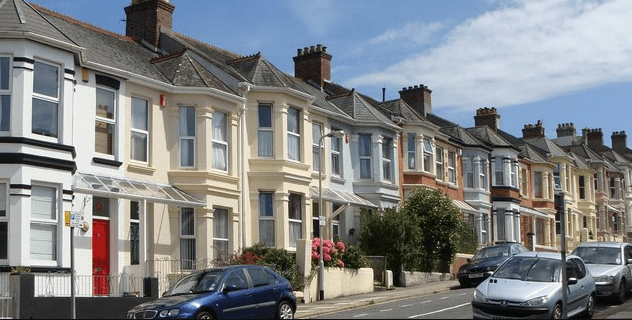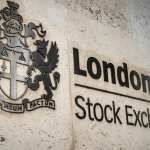London, UK – Property portal Rightmove has revealed that house prices in the UK experienced their smallest spring increase in nearly a decade, marking the slowest late-spring growth since 2016.
Between 6 April and 10 May, the average asking price for homes across Britain nudged up by just 0.6% compared to the previous month. Year-on-year, prices climbed by only 1.2%, according to Rightmove’s latest figures.
Despite this modest growth, the average asking price hit a record high of just under £380,000. However, this is still a relatively soft rise for the time of year, highlighting a cooling housing market following the end of a key government tax break in April.
The muted price increase is being attributed to a surge in property listings and a dip in buyer demand. Rightmove noted that the number of homes on the market is now the highest it’s been in ten years. Meanwhile, demand dropped by 4% in April compared to the same month last year.
This fall in interest comes on the heels of the 1 April expiration of a tax incentive aimed at first-time buyers and purchasers of lower-priced properties. The incentive had fuelled activity earlier in the year, but its withdrawal seems to have created a pause in the market.
“The year-on-year fall in demand was the first recorded in 2025,” Rightmove said. “But there are already signs that April’s lull may be short-lived, with early May showing signs of renewed buyer interest.”
While the numbers suggest a market taking a breather, experts are not raising alarm bells just yet. There are early indicators of a possible rebound as May progresses, with potential buyers returning to viewings and enquiring once again.
The Royal Institution of Chartered Surveyors (RICS) has previously flagged that the housing market slowed in April, echoing Rightmove’s latest data. The end of the tax break caused a short-term surge in demand earlier this year, followed by the expected dip.
Yet the broader picture isn’t all doom and gloom. Completed sales were up by 5% on an annual basis, reflecting the earlier boom in activity and possibly indicating pent-up demand ready to re-emerge.
With the UK housing market adjusting to post-incentive conditions, the spring season has brought more listings, cautious buyers, and slower price growth. While April’s figures suggest a momentary pause, early signs from May offer a glimmer of optimism.
As interest slowly returns and the market recalibrates, sellers may need to adjust expectations. Buyers, meanwhile, could find new opportunities amid increased choice and less frenzied competition.






